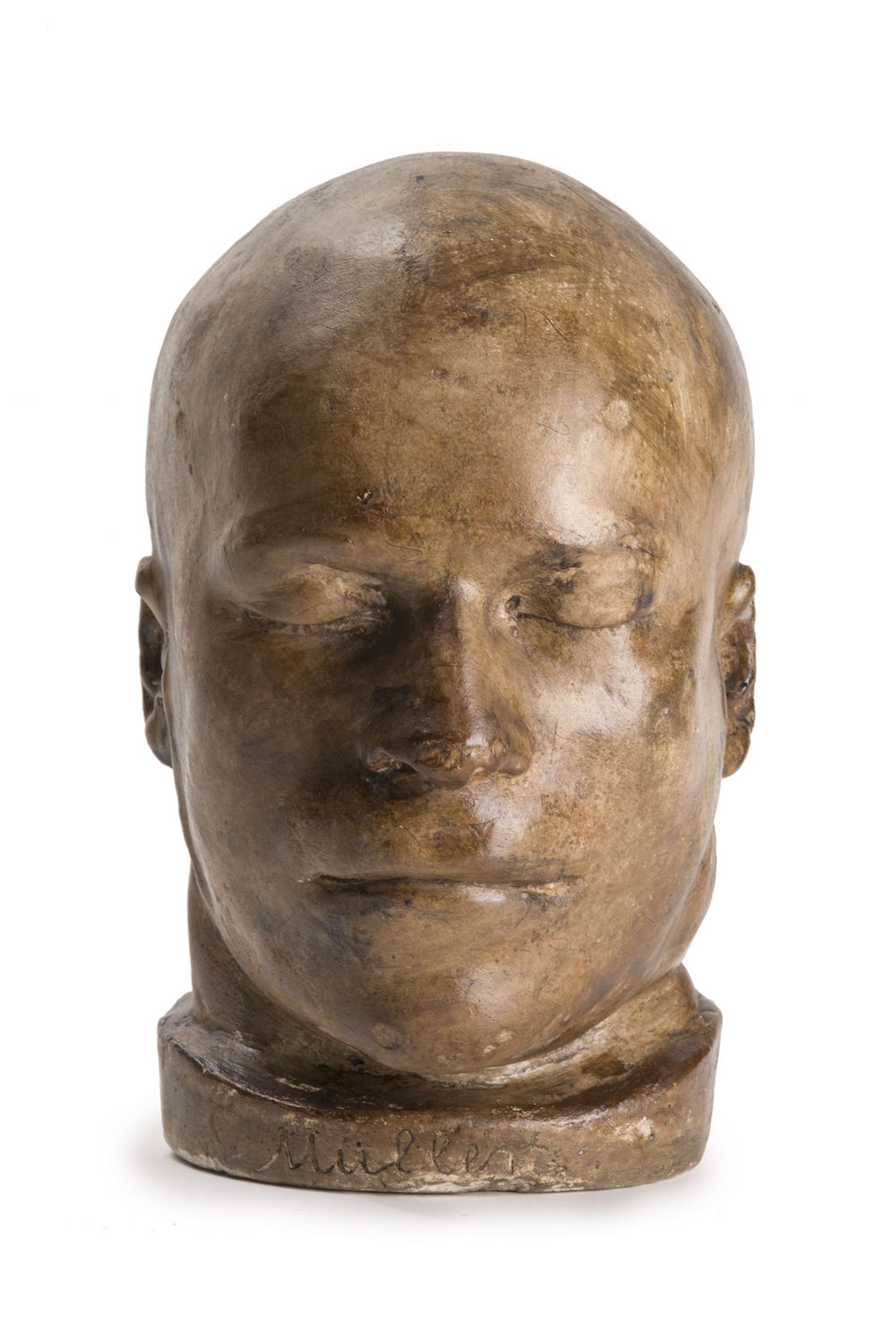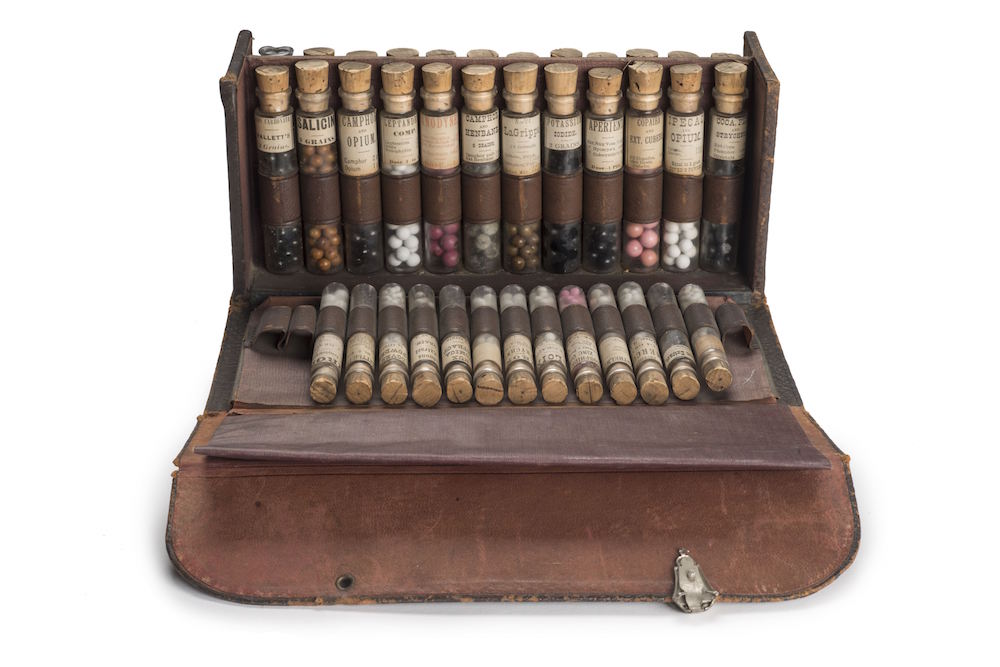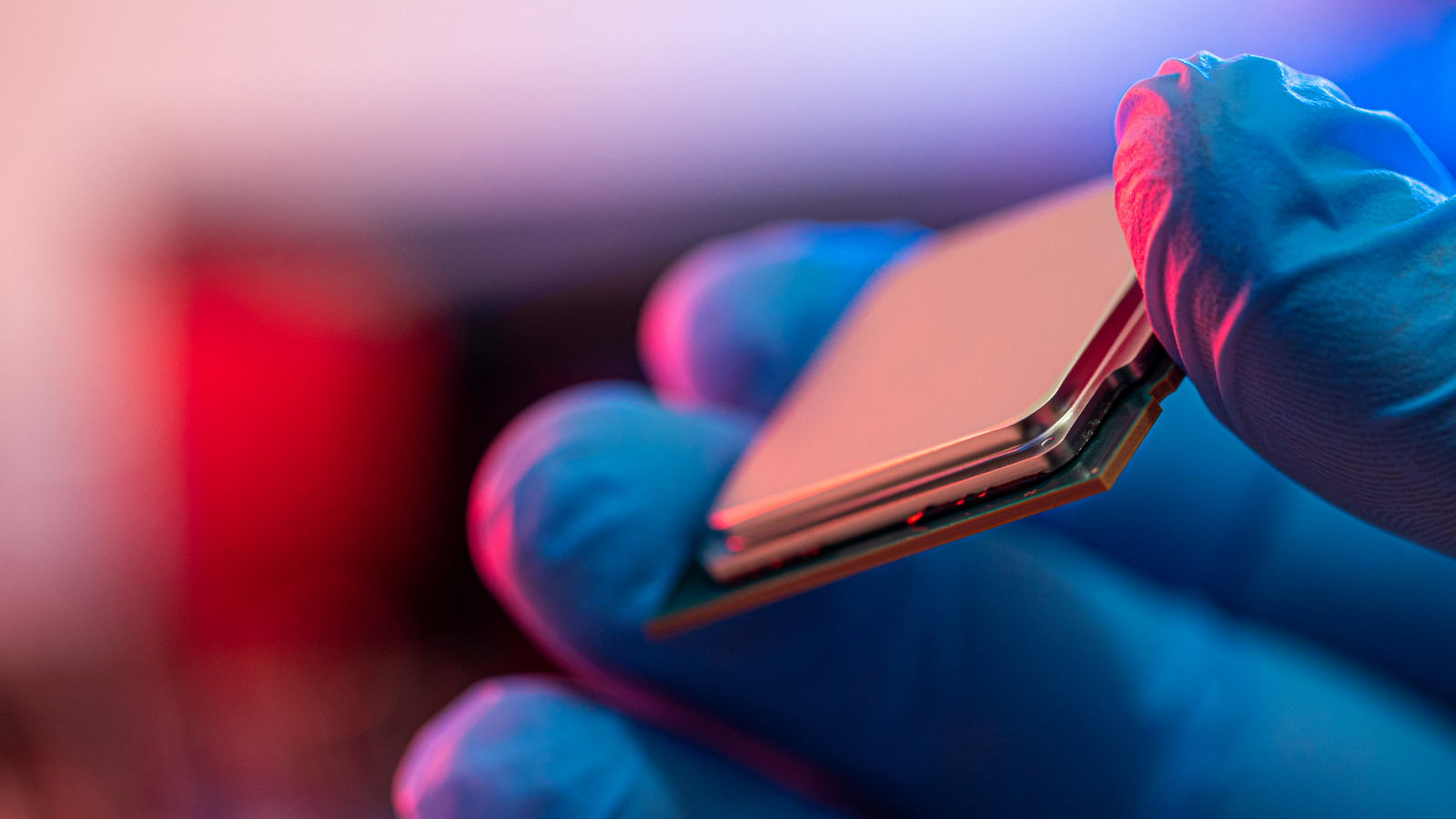Killer Show! Murder Weapons and Death Masks Star in New Exhibit

This story was updated at 8:36 p.m. ET
A shovel used to bury the body of a murder victim in 1910, an antique-looking gun that fired a shot at Queen Victoria in 1840 (it missed) and death masks from convicted criminals: These are among the strange and grisly artifacts associated with some of the most notorious crimes in recent British history.
And they are now on display in the "Crime Museum Uncovered" exhibit that opens today (Oct. 9) at the Museum of London.
The exhibit's storied artifacts are on loan from the Crime Museum — a private gallery of objects retained from prisoners and crime scenes, which is located at the Metropolitan Police headquarters at New Scotland Yard in London. [Crime Scene: These Items Came from UK's Most Infamous Cases]
First conceived of in 1874, the Crime Museum serves as an educational space where law enforcement officials learn about the United Kingdom's best-known criminal cases. Members of the public aren't allowed to visit the Crime Museum, and for most folks, the new exhibit marks the first-ever opportunity to gaze upon the strange objects usually held there.

Artifacts from 24 different criminal cases will be on display, Jackie Keily, co-curator of the crime exhibit, said in a recent YouTube video. One of the most fascinating items, Keily said, is a small suitcase that holds a syringe and a bottle of deadly poison. Pressing a discreet button on the luggage forces a needle through a hole in the case and, presumably, into the flesh of an unsuspecting victim. The Krays, twin brothers who led a gang of criminals who terrorized the East End of London during the 1950s and 1960s, once employed this unnerving device to do away with their enemies.
Many of the items on display predate London's gangster era, including the infamous shovel that was used in 1910 by Dr. Crippen (given name, Hawley Harvey Crippen) to bury his murdered wife, Cora, under the basement floor. A medicine case that belonged to Dr. Neill Cream in 1892 is also part of the exhibit. Convicted as a serial killer, Cream was popularly known as the Lambeth Poisoner and sometimes (though perhaps mistakenly) as Jack the Ripper.
Sign up for the Live Science daily newsletter now
Get the world’s most fascinating discoveries delivered straight to your inbox.

The exhibit also features several "death masks" of people who were sentenced to death in the United Kingdom. These plaster masks, created after execution, normally loom on a high shelf in the Crime Museum, but visitors to the Museum of London will be able to see some of the masks close up.
While the morbid objects on display are fascinating in their own right, the exhibit will also allow visitors to explore the "human stories" behind infamous crimes and to personalize "what is so often de-personalized," said Sharon Ament, director of the Museum of London.
"In doing so, we'll confront how, as a society, we respond when normality is shattered, lives are torn apart and we need to rebuild," Ament said in a statement.
The exhibit will remain open to the public through April 10, 2016.
Editor's Note: This story was updated to correct a statement about an antique gun displayed at the exhibit. The gun was used during an assassination attempt on Queen Victoria in 1840, but the shooter missed.
Follow Elizabeth Palermo @techEpalermo. Follow Live Science @livescience, Facebook & Google+. Original article on Live Science.

Elizabeth is a former Live Science associate editor and current director of audience development at the Chamber of Commerce. She graduated with a bachelor of arts degree from George Washington University. Elizabeth has traveled throughout the Americas, studying political systems and indigenous cultures and teaching English to students of all ages.









